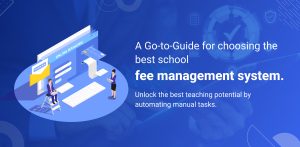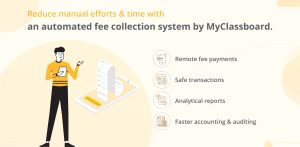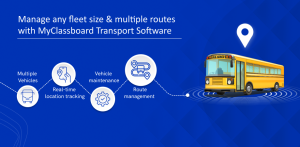Although technology is now being integrated into education, its use for teaching and learning is still a challenge for many. In spite of the fact that many schools today have the benefit to having easy access to technology, trained teachers, and an enabling environment, the use of technology in the classroom is still not very reliable. Having said that, the potential of technology to enhance learning can never be overemphasized.
Looking back, the initial use of technology in education started a long time ago. For example, technology was used to equip braille machines to students who are visually impaired.
Additionally, special educational programs integrated technology to help children with autism to enhance learning. Blending in technology into education has encouraged the educators to aim to bring pedagogical change and advocate fundamental issues that impact learners with disabilities. Therefore, technology can be seen as both a solution and a catalyst for much-needed transformation.
Today, adopting technology to enhance and facilitate learning is seen quite commonly. With the integration of technology into schools, the main aim is to alter how educators and students gather, access, perceive, present and disseminate information. This can democratise information for students as well as help customise instruction, especially for students with special needs. Few of the Many Ways to Better Implement Technology to Enhance Learning in Schools:
Looking back, the initial use of technology in education started a long time ago. For example, technology was used to equip braille machines to students who are visually impaired.
Additionally, special educational programs integrated technology to help children with autism to enhance learning. Blending in technology into education has encouraged the educators to aim to bring pedagogical change and advocate fundamental issues that impact learners with disabilities. Therefore, technology can be seen as both a solution and a catalyst for much-needed transformation.
Today, adopting technology to enhance and facilitate learning is seen quite commonly. With the integration of technology into schools, the main aim is to alter how educators and students gather, access, perceive, present and disseminate information. This can democratise information for students as well as help customise instruction, especially for students with special needs. Few of the Many Ways to Better Implement Technology to Enhance Learning in Schools:
- Technology gives students the opportunity to enhance interaction with their classmates and teachers promoting collaboration.
- Technology has revolutionised a student’s learning experience. It has now become a medium for educators to communicate effectively and share important concepts making teaching better. Today, educators also have a myriad of resources which can help to give students the required assistance to boost their confidence and skills.
- With easy access to student databases, teachers are enabled to track individual students’ progress and are encouraged to identify learning objectives/outcomes and personalise instruction based on students’ requirements.
- Teachers can plan follow-up activities when using technology to analyse students’ learning progress and significant role technology has played in the journey.












